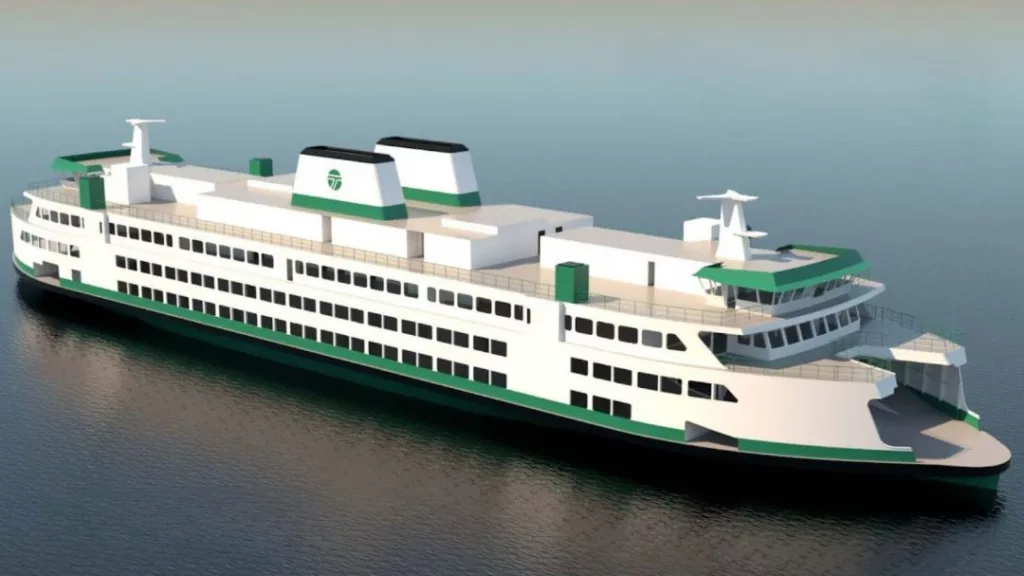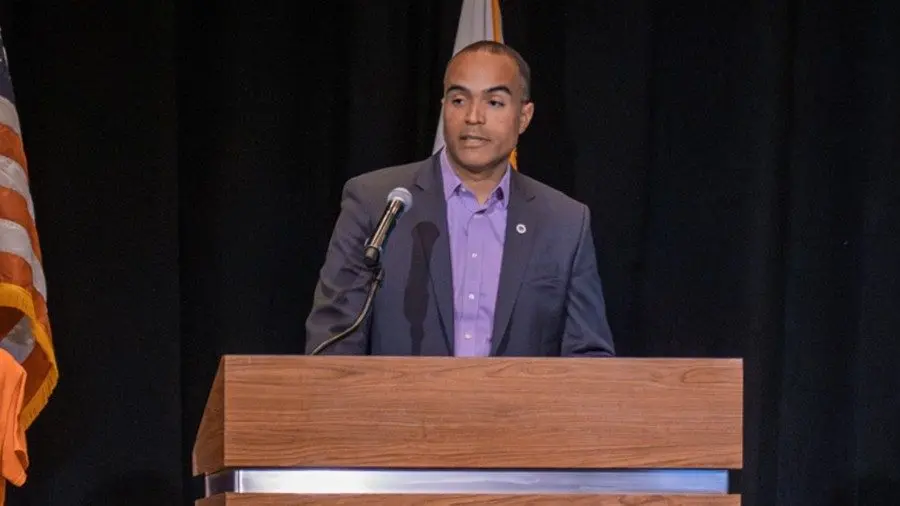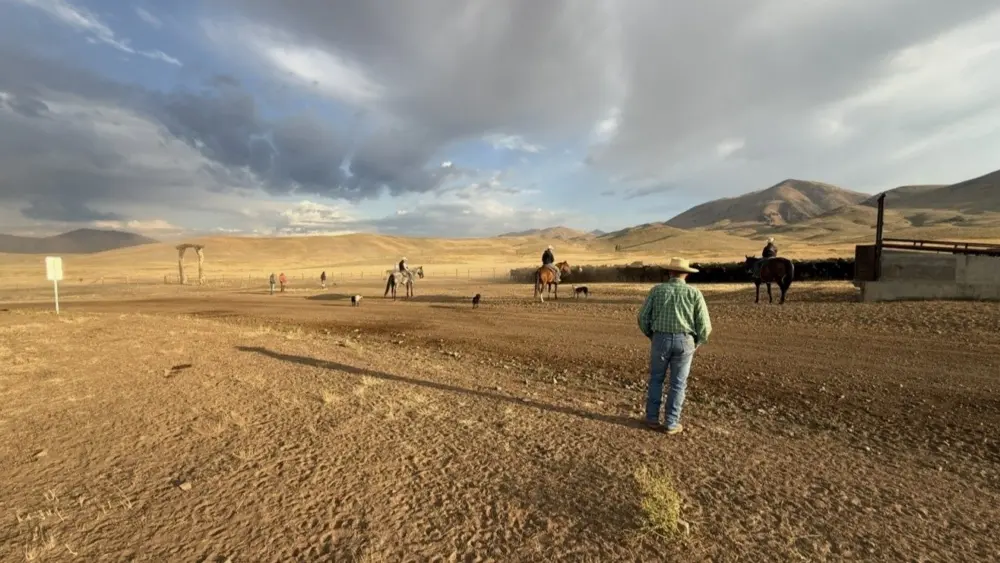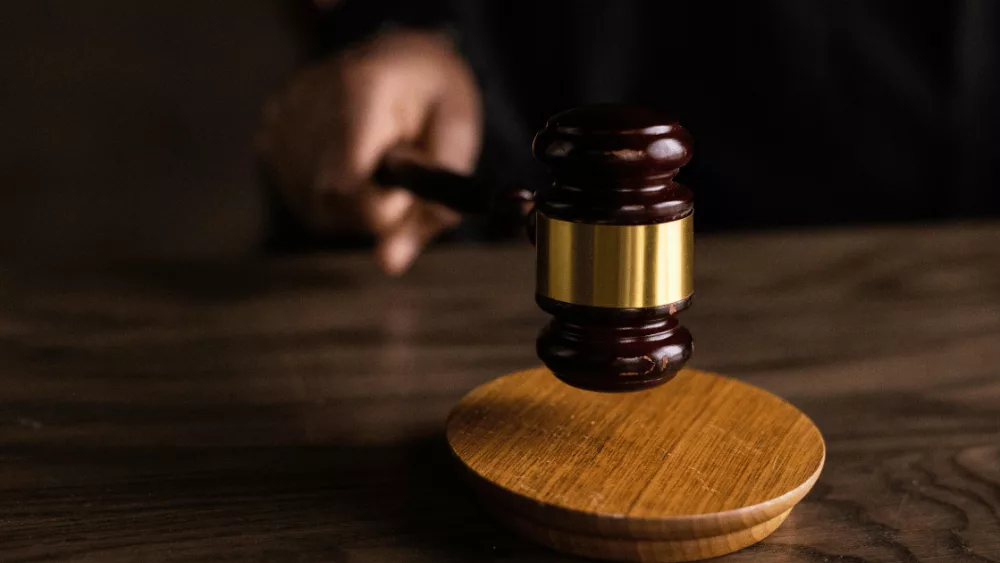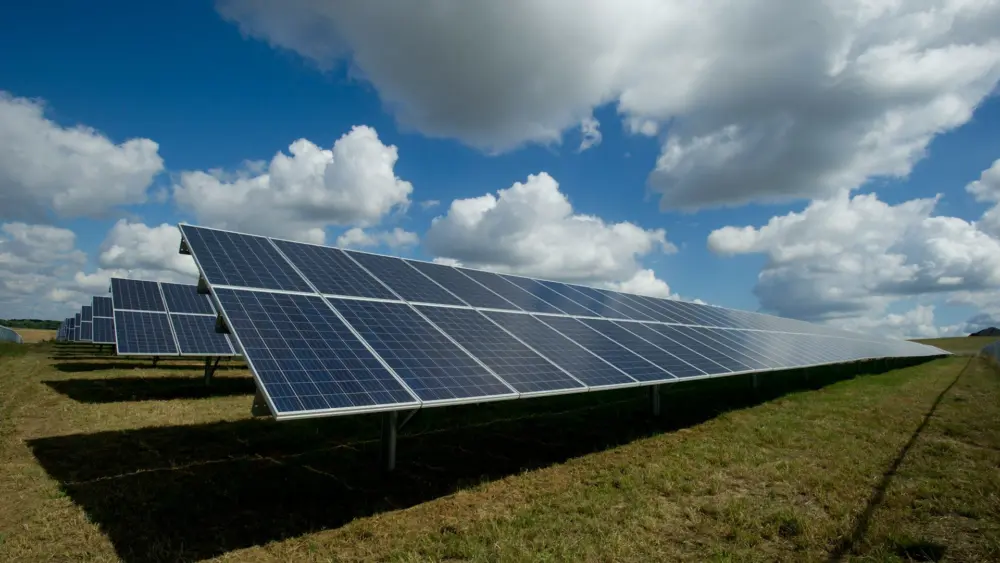SEATTLE, WA – Ferry system managers and state budget writers in Washington took a cold wave over the bow Monday upon opening the bids to construct up to five new hybrid electric ferries.
“I don’t see how you get to five. There’s money for three on a good day,” said state House Transportation Committee Chair Jake Fey, D-Tacoma.
The Washington Legislature previously set aside about $1.3 billion to build new ferries and charging infrastructure over the next six to eight years. New vessels are overdue to stabilize the state’s aging and sometimes unreliable ferry fleet. Simultaneously, the ferry system and the state’s Democratic leadership want to reduce the ferries’ air pollution footprint by switching to battery propulsion as much as possible.
Eastern Shipbuilding Group of Panama City, Florida, submitted the low bid for the state’s desired plug-in hybrid, 160-car vessels, according to a summary of the bids posted by WSF late on Monday. The $251 million price tag for the first ferry in the series was roughly in line with the state engineer’s in-house estimate.
Nichols Brothers Boat Builders on Whidbey Island submitted a competing bid that was considerably higher, even after including a 13% bid credit authorized by the Legislature to incentivize home state construction. Neither bid includes the expensive hybrid electric powertrains for the new ferries, which the state plans to acquire separately.
A third shipbuilder, Philly Shipyard, was expected to submit a bid, but didn’t in the end.
The Nichols Brothers and Eastern Shipbuilding Group bids both include escalator clauses that Fey predicted “will invariably make it (the price) go up.” The escalators allow the shipyards to charge more in case of unpredictable cost increases, such as on steel or from tariffs.
Washington State Ferries said in a mass email to interested parties that it will evaluate the bid documents in greater detail for the next few weeks before awarding a contract. The agency will undoubtedly also consult further with the governor’s office and key legislators about what is affordable.
The most recent date given for delivery of the first new ferry was 2029.
“First things first, I need to understand exactly what we’ve got with the bids,” Gov. Bob Ferguson said Monday after an initial, high-level briefing. Ferguson declined to speculate more before getting additional information.
Fey said he expects to discuss where more money could potentially be found. The veteran legislator said multiple currents in the bid environment drove up costs, including rising raw material prices, tariffs and limited shipyard competition – even though the ferry system’s request for bids was opened to shipyards nationwide.
A Democratic legislator from ferry-served Bainbridge Island, Rep. Greg Nance, said he was struck by how Washington’s procurement was affected by the hollowing out of the nation’s shipbuilding industry. He was pleased there was more than one bidder.
“Given the state of shipbuilding writ large, we knew that we were swimming upstream,” Nance said in an interview Monday. “We need to do more to support shipbuilding. We’ve lost our shipbuilding edge over the past 50 years.”
Cost roughly doubled over past seven years
The 144-car Suquamish was the most recent of the workhorse Olympic-class ferries upon which the new plug-in ferry design is based. The diesel-powered Suquamish was delivered to WSF in 2018 at a cost of about $122 million. Debate about how to proceed with further vessel acquisitions in that size class has stretched from then until now.
During this dickering, the state pivoted to electrification, costs shot up and the reliability of the existing aging fleet went down.
The bid request published by WSF included the high-level design for a plug-in ferry capable of carrying up to 160 cars and 1,500 passengers. Drawings show boats that resemble a slightly elongated version of the diesel-powered Olympic class ferries delivered between 2014 and 2018. However, the new design has just one passenger deck stacked on top of the two auto decks.
The center of the ship’s hold will be packed with racks of water-cooled rechargeable batteries so the ferry can sail fully on electric power most of the time. The engine room will also feature twin diesel generators as a backup source of propulsion power.
Assuming they use green electricity to charge, the new ferries should achieve a large reduction in fuel consumption and an associated reduction in global warming emissions.
WSF tentatively plans to deploy the new ferries to the Mukilteo-Clinton run first, probably followed by the Seattle-Bremerton route.
What about cheaper options?
Republicans, who are in the minority in the Legislature, have pushed for a cheaper diesel ferry option to be put back on the table. WSF leaders have been consistent in warning against reverting to conventional diesel power because that would necessitate a lengthy redesign and re-bid.
“If we were to switch now to go to diesel, we would have to stop what we’re doing with the hybrid, design a new diesel boat and lose the funding from the Climate Commitment Act,” deputy WSF boss John Vezina said under questioning from state Sen. Phil Fortunato, R-Pierce County, at a Senate hearing in March. “It would probably add two years to the acquisition of those new vessels.”
BC Ferries has also been in the market for new car ferries and has been able to acquire new vessels at far lower cost than its Seattle-based neighbors. Unlike Washington State Ferries, BC Ferries can solicit bids from shipyards worldwide. The newest additions to the province’s fleet were built in Romania.
Building ferries to serve domestic U.S. routes at a foreign shipyard is prohibited under a century-old federal law known as the Jones Act.
Of late, the Trump administration and a bipartisan contingent of lawmakers in Congress have highlighted the need to make the American shipbuilding industry more competitive. But President Donald Trump’s recent statements on the matter make no mention of jettisoning the longstanding made-in-America requirements.
Washington State Ferries currently has 21 vessels of various sizes and ages in its fleet, making it the largest public ferry system in the nation. The WSF long-range plan contains a goal to grow to 26 ferries to provide reliable service on every route, with allowances for maintenance tie-ups and a vessel in reserve.
The hefty bids come just as it seemed the agency was sailing into smoother waters.
This summer, the ferry system will get nearly back to operating its full pre-pandemic schedule, missing only a second boat on the Port Townsend-Coupeville run during midweeks and the long-suspended international crossing to Sidney, B.C.
Last week’s generally celebratory blog post about the summer schedule cautioned that peak-season crewing will be stretched close to the limit. Blog author Bryn Hunter said it will be challenging to find a short-term replacement whenever an aging vessel breaks down.
“I wouldn’t let this be a Debbie Downer,” Rep. Fey concluded at the end of his initial construction bid analysis. “There’s been great progress made by the ferry system over the past four years.”
This story first appeared on Washington State Standard.

